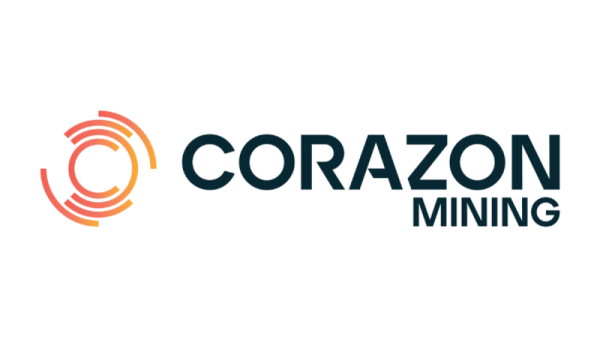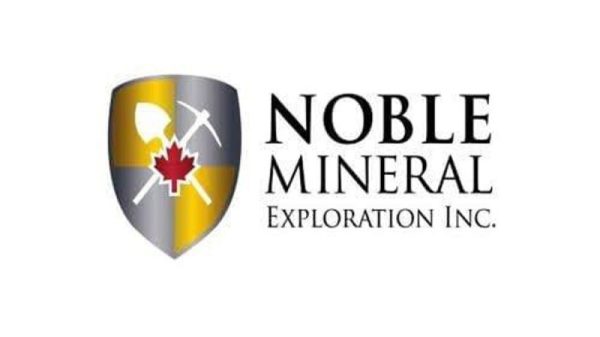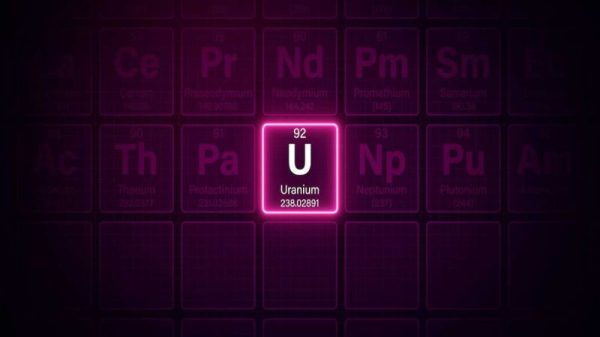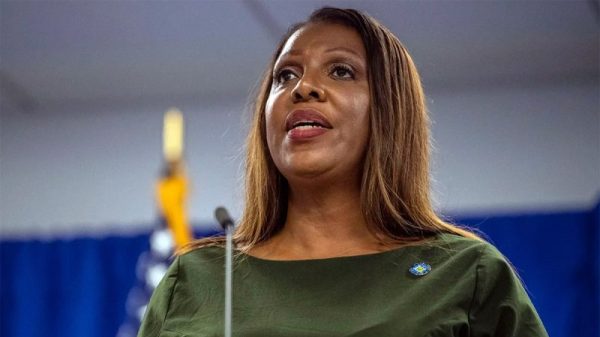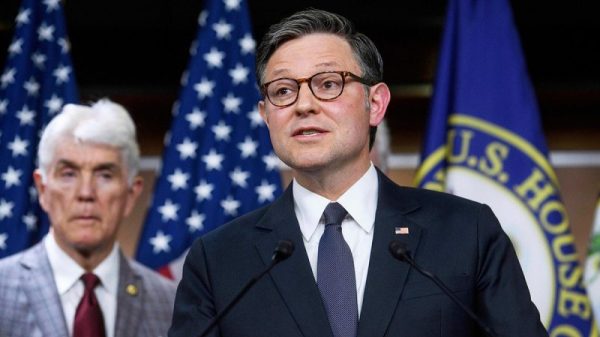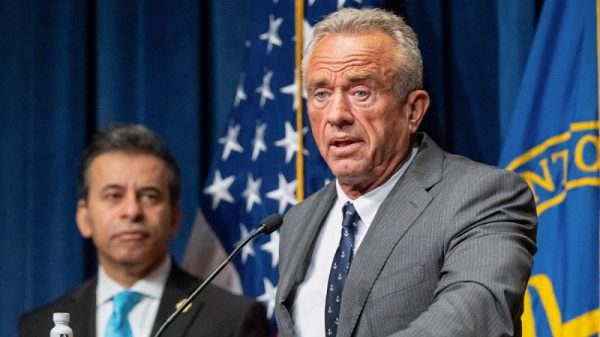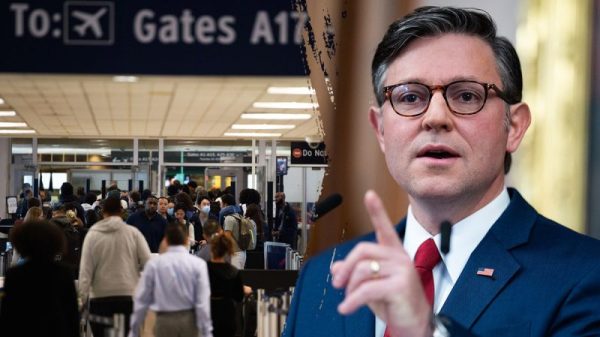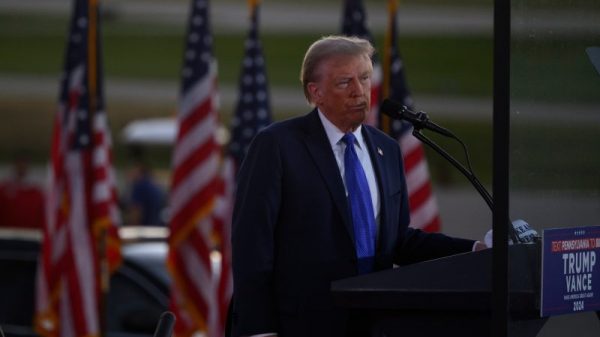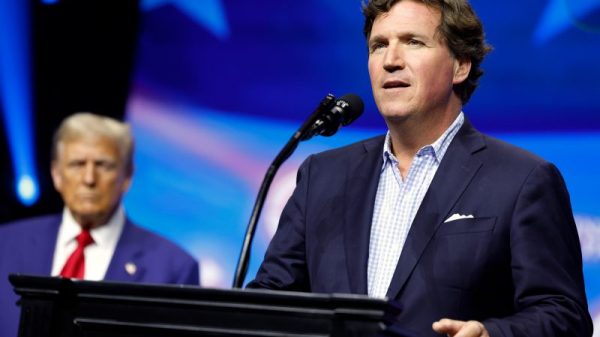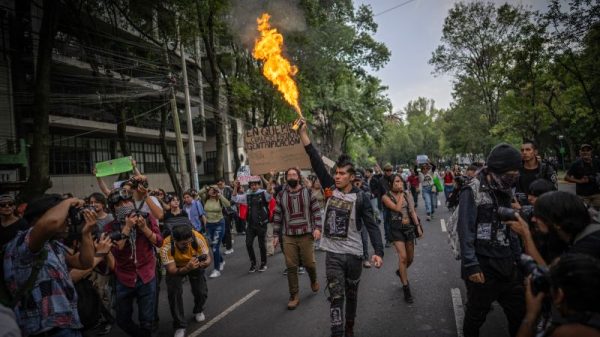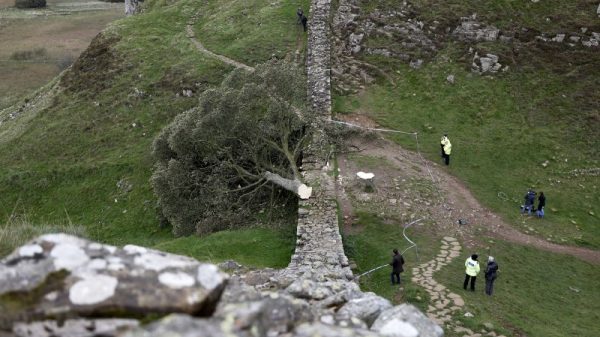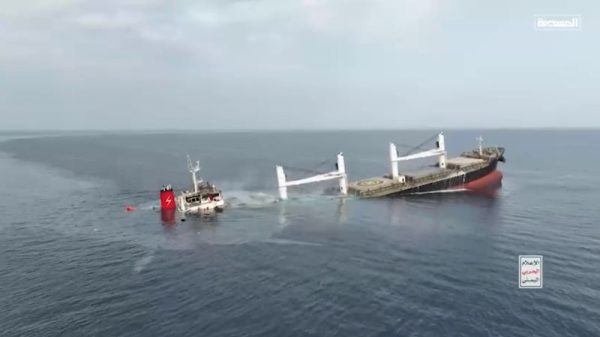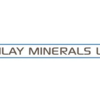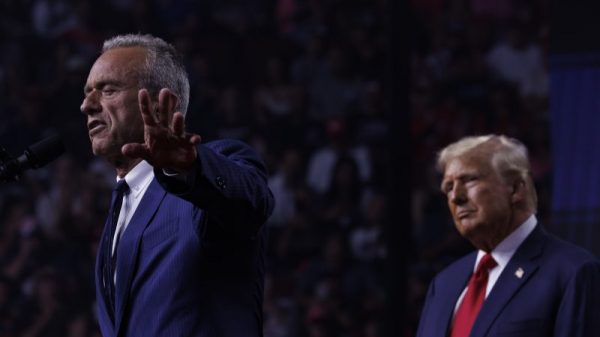“Teslas don’t grow on trees”, Reuters journalist Ernest Scheyder wrote in The War Below, highlighting conflict between government mandates on electric vehicles and public policies hampering new metal flows into EV supply chains. The conundrum at the heart of American author Scheyder’s book is the same one executives at the world’s major miners, and many investors in the industry, are grappling with.
“This is the schizophrenia we’re seeing in the world,” says the chair of US-based Clareo, Peter Bryant.
“You’ve got this energy transition that’s going from fossil fuels to a minerals-dependent system. The same people that are pushing that are largely anti-mining.
“Against this backdrop, I [new mine developer] need to speed up and go from a 20-year nightmare to five years, or whatever it is, which also involves changing how we do mining as well.
“But governments issuing new mine approvals are being heavily influenced by a very heavy anti-mining lobby, or ecosystem.
“So these two things are totally at odds with each other. And somehow that’s got to be a reconciled.”
Bryant, an advisor to mining and energy majors, and governments, through Clareo, returns to IMARC in Sydney in October to talk about where mining and metals really fit in the world’s energy transition, shifting energy, transport and infrastructure supply chains, and a future circular economy.
These are conversations that seem to become more nuanced with each passing month.
Bryant says miners need to innovate and find ways to become integral parts of circular economic systems. They need to “lean into” recycling and evolve into materials solution providers. They also have to advance traditional project development models.
“I think the age of major, $10 billion or $20 billion massive mines, outside of iron ore and coal, is in the past,” Bryant says.
“I just don’t think you can do them anymore. The main reason is, yes, there is increased demand coming, but how big is it? And when is it? I can’t build a 50- year mine to meet a 10-year demand peak, and then it drops off.”
In that context, the “20-year nightmare” of resource discovery, permitting and development, to production, is “just not sustainable anymore”.
“It’s a huge challenge for the industry.”
Nick Bell, global sector lead, mining, minerals and metals with global engineering group, Worley, agrees the industry is “entering a critical phase where retaining trust in the business case of mining projects will be challenging”.
“The next few years will be tricky for several reasons, including higher costs resulting from the scale and complexity of mines, extended infrastructure and decarbonisation requirements of assets, geological challenges, and supply chain price volatility,” Bell says.
“That’s why we’ll see a two or three speed economy evolve … as a select few miners power ahead to build additional production capacity in future facing commodities.”
Bell says bigger miners harvesting robust cash flows from iron ore, gold and copper assets, and sitting on strong cash reserves, can pivot capital towards copper and other energy transition metals.
He says: “All miners now deploy capital with appropriate rigor. The middle speed, however, is made up of mostly mid-tier miners who will be obliged to adopt a particularly cautious approach to capital deployment. This may delay their pivot, widening the gap to the mining majors.”
Bell believes all operators will need to demonstrate the “integrity of their approach” from an environmental, social and governance (ESG) standpoint. He says miners of all sizes face common ESG challenges.
“It’s difficult to deliver minerals and metals to the market quickly,” he says.
“One reason for this is a lack of trust within the investment community and stakeholders in mining projects.”
Global sustainability advisory firm ERM’s analysis of more than 100 critical minerals projects indicated that between 2017 and 2023 nearly 60% of operators reported pre-production delays ranging from a few months to several years. Permitting issues (39% of projects), technical challenges (36%) and commercial issues (26%) topped the list of headwinds, but ERM found environmental concerns (24%) and stakeholder opposition (17%) contributed to delays.
“With mining projects regularly taking up to 20 years to reach production, we could well see critical minerals shortages before 2030 which could significantly hinder the global energy transition,” ERM’s Henry Hall says.
Impacts and benefits in different places
Hall, who heads the firm’s EMEA socio-political team, says mining companies are “struggling to decide what commodities to prioritise, what capital investments will derisk their operating assets from an ESG perspective, and which of their investors’, customers’ and stakeholders’ preferences to pay most attention to”.
“This is exacerbated by the interrelated nature of ESG risks which seem either too expensive to mitigate, difficult to measure, uncertain to predict, or to trade off against each other, forcing companies into ESG whack-a-mole, where solving one issue often exacerbates another.
“What’s more, the uncertain and rapidly evolving nature of societal expectations and technological capabilities mean that what solution looks best right now may well become defunct in future.
“Various companies, governments and investors have been grappling with the question of how to shorten timelines to production while also raising the bar on best practice management of environmental and social issues.
“In basic terms, in order to be successful, mining projects must be able to effectively demonstrate that they will minimise any negative impacts, and that the benefits that the project will deliver will be far outweighed any impacts that remain.
“Often the challenge is that the impacts and benefits are not felt in the same place – most often the negative impacts being felt locally and the positive more at the national level – and that companies underestimate the political nature of the process, concentrating more on the technical and scientific solutions that regulators demand than on perceptions of, and engagement with, impacted communities and influencers.”
Rohitesh Dhawan, CEO of the International Council on Mining and Metals ICMM, picked up this theme while in Australia this month.
“The industry has done arguably a good job with messaging around providing the materials that are needed for a clean energy transition … however, that messaging still doesn’t seem in many parts of the world to be resonating with the local communities who are the ones who have the daily impact of a mine in their neighbourhood,” he said.
“While the benefits of mining are local, they are regional and they are global, any impacts from mining are always local. We have sometimes, I think, given the impression that that’s okay because the world benefits from the stuff we do, and we’ve just got to rebalance that a bit to make sure that nobody feels like they have to be collateral damage in the world’s rush to produce these critical minerals, essential as they are.
“That means focusing as much on how we mine as what our products are used for.”
ERM critical minerals director Toby Whincup says de-risking feasibility stage projects will be crucial to the smooth and efficient progression of mining projects.
“To prevent permitting delays or stakeholder opposition, developers need to work to decouple projects from stakeholders’ negative preconceptions of mining by taking the time to build trust early through open and equal dialogue,” he says.
“ERM’s sustainability model for mining, The Mine We All Want to See, outlines a more forward-looking approach for miners, based on hard wiring positive environmental and social outcomes, defined through stakeholder collaboration, into project design from inception.”
International private equity investor in emerging mining companies, Resource Capital Funds (RCF), says heightened investor and societal ESG expectations plus the proliferation of ESG frameworks and standards mean navigating the ESG landscape is increasingly complex.
“We’re risk and opportunity focused,” says RCF principal Lauren McGregor.
“What are the material risks to the project and to the returns that we want? That’s a consistent approach that we’ve taken.
“We’re a fundamental investor. We’ve got technical expertise, which we use to assess the ESG risks and opportunities in-depth, often in close consultation with our portfolio companies. I think for generalist investors it’s often a lot harder to step beyond ESG scoring mechanisms and establish exactly what it is that they’re looking for when they’re making investments in mining companies.
“For specialist mining investors like RCF that focus on ESG as a core component of value and have deep, internal expertise and experience managing these issues, it has stayed pretty consistent.
“But I think across the board, the expectations of mining companies and making sure that they are managing their environmental risks appropriately, that they’re making a positive contribution socially, that is going to continue to become more and more important.
“Certainly we’re seeing permitting processes become more lengthy, in some cases because companies are doing more work on understanding and adapting projects to manage environmental or social impacts, but in others it’s simply due to bureaucracy and duplication.
“Permitting delays, unpredictability and increasing costs are a huge barrier to investment in the mining industry
“In terms of the social side of things we are definitely seeing companies need to engage at an earlier stage. We like to see that companies have engaged with the local communities and stakeholders at an earlier stage. We don’t want to see transactional and reactive behaviours.
“We’re seeing the most success in projects that have really good communication channels with the local stakeholders, and they’re actually listening and responding and being able to demonstrate how they responded to feedback from the community.
“It does take longer to do it that way. But I think ultimately those are the projects that we think will be most successful over the long term.”
While a new $1 billion gold mine in Australia is not going to add to the world’s critical mineral stocks, this month’s bizarre federal intervention in the McPhillamys project approval process on ESG grounds has added to industry concerns about political interference in otherwise transparent mine development paths.
Sam Berridge, portfolio manager at small-company investment firm Perennial Partners, says access to land and permitting are becoming more significant hurdles for the industry.
“Just recently we’ve seen the [federal] environment minister, Tanya Plibersek, kibosh a gold project which had all state and traditional owner approvals already in place in New South Wales,” Berridge says.
“That sort of thing really is a kick in the guts for the mining industry
“The industry spends millions of dollars on going through these approval processes, doing the environmental surveys, doing the engineering, doing the consulting with communities and what-not.“This is where the real hurdle is.
“I think that the major mining houses would like to invest in new projects but the problem is getting a new greenfields project up and running these days takes 12 to 15 years. So even if you found a good one, which is a challenge in itself, the returns from that project are going to the next generation of investors rather than current ones.
“So for that reason, M&A is looking much more appealing than new projects.
Meanwhile, Perennial’s Ewan Galloway says copper is emblematic of the industry’s so-called technical challenges.
He says even though large mines such as Cobre Panama, Kamoa-Kakula and Oyu Tolgoi have begun production in recent years, “it has been a rocky road characterised by multiple delays, capex overruns and fractious negotiations with governments”.
“In the meantime, mine grades have continued to decline, and large-scale production remains dominated by mines that started production before 2000.”
Galloway says the capital intensity of new projects continues to escalate.
“Twenty years ago you would have been looking at US$4000-to-$5000 [per tonne of installed capacity].
“Maybe a decade ago, $10,000-to-$15,000.
“And now, when you look at some of the recent projects coming through, you’re probably looking at closer to $25,000-to-$30,000, if you’re lucky. Some of the recent ones, like Cobre Panama, for example, which is now basically in care maintenance, was closer to $40,000-odd.
“And what’s driving a lot of that, when you sit there and talk to BHP, Rio and all the large copper names, is that the tier one jurisdictions and tier one mining locations have by and large been exhausted. So instead you are having to go further afield.
“That initial capital expenditure is rising as you’re having to work in areas where there’s not necessarily the infrastructure and there’s ongoing inflation around wages and other inputs.
“So we’re expecting to see that [capital intensity] continue to grow.
“I think that’s making it pretty unsustainable at the moment when you look at the incentive prices currently for copper.”
*ESG in Mine and Project Development at IMARC 2024 will canvass the industry’s sustainable mine and project development challenges and opportunities and also look at these through an investor lens. International experts will examine the Role of Mining and Metals in the Circular Economy, and review the evolving mining standards landscap
Hear more from
Peter Bryant
Chair, Clareo & ChairDevelopment Partner Institute
Development Partner Institute
Nick Bell
Global Sector Lead Mining, Minerals and Metals
Worley
Toby Whincup
Global Director – Critical Minerals
ERM
Lauren McGregor
Principal – Credit Funds
ResourceCapital Funds
Source

